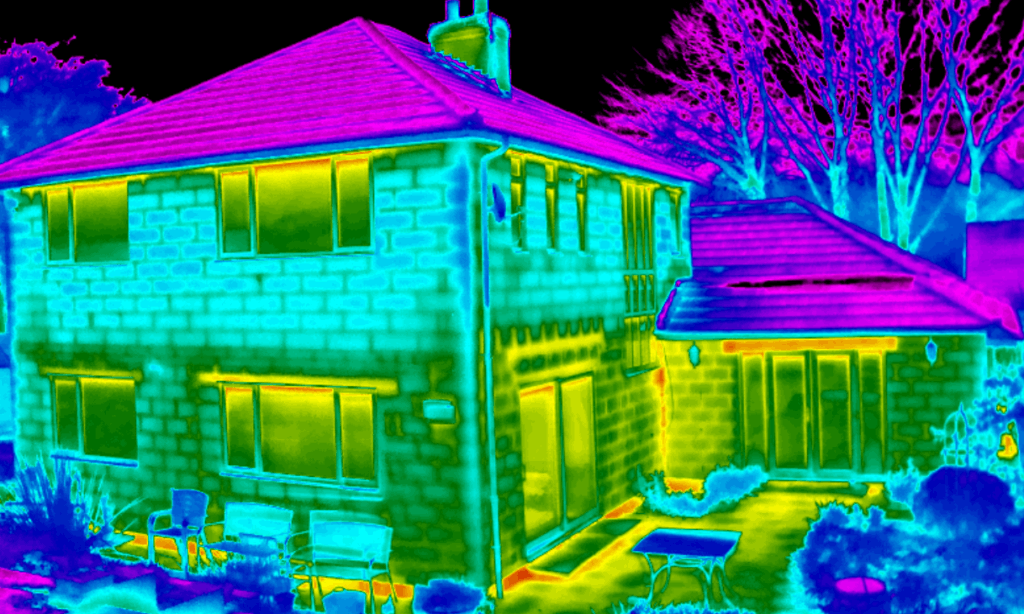

Synthasia Technology insulation can be used to insulate your attic space and protect your home from inclement weather & moisture related damage. In a non-vented attic, insulation is applied directly to the underside of the roof sheathing to insulate the entire attic from seasonal heat and cold. Spray foam is installed between the roof rafters, along the soffit areas and directly to all exterior surfaces such as gable walls, dormers etc. to produce an airtight building envelope.savings of up to 50%, Foam-LOK™ Retrofit Foam can not only pay for itself, but can actually save you money for the entire life of your home.
Airflow through cracks and holes in the walls, ceiling and floor is referred to as air infiltration. In addition to the use of spray foam, air infiltration is minimized by caulking and sealing the building envelope. A home that is not sealed for air infiltration will be uncomfortable due to drafts and will use about 30% more energy than a well-sealed home. Controlling air infiltration is one of the most cost-effective energy-efficient measures in modern construction practices.


An effective way to determine the heat loss or gain in a building envelope is by using thermal imaging photography. Thermal imaging identifies leaks where air may be entering or exiting a building by displaying warmer areas with distinct RED color, as example above, of a UK home before and after insulation was applied.
Spray polyurethane foam insulation is commonly used in one of two ways to insulate your attic space: vented attic and non-vented attic. With a move toward passive homes, non-vented attics are becoming the obvious choice for enhanced energy efficiency. Non-vented attic insulation is applied directly to the underside of the roof sheathing to insulate the entire attic from exterior temperatures. FOAM-LOK spray foam is installed between the roof rafters, along the soffit areas and directly to all interior surfaces such as gable walls and dormers to produce an air tight building envelope making the attic a part of the conditioned space of the home.


Lapolla Industries, Inc. is a global supplier, and manufacturer of spray foam insulation and elastomeric protective coatings, and equipment designed to reduce energy consumption in the residential and commercial markets, for both new construction and retrofit applications.

Cosy Home Energy is an approved partner of Lapola Inc. Lapola is a global supplier, and manufacturer of spray foam insulation and elastomeric protective coatings, and equipment designed to reduce energy consumption in the residential and commercial markets, for both new construction and retrofit applications.